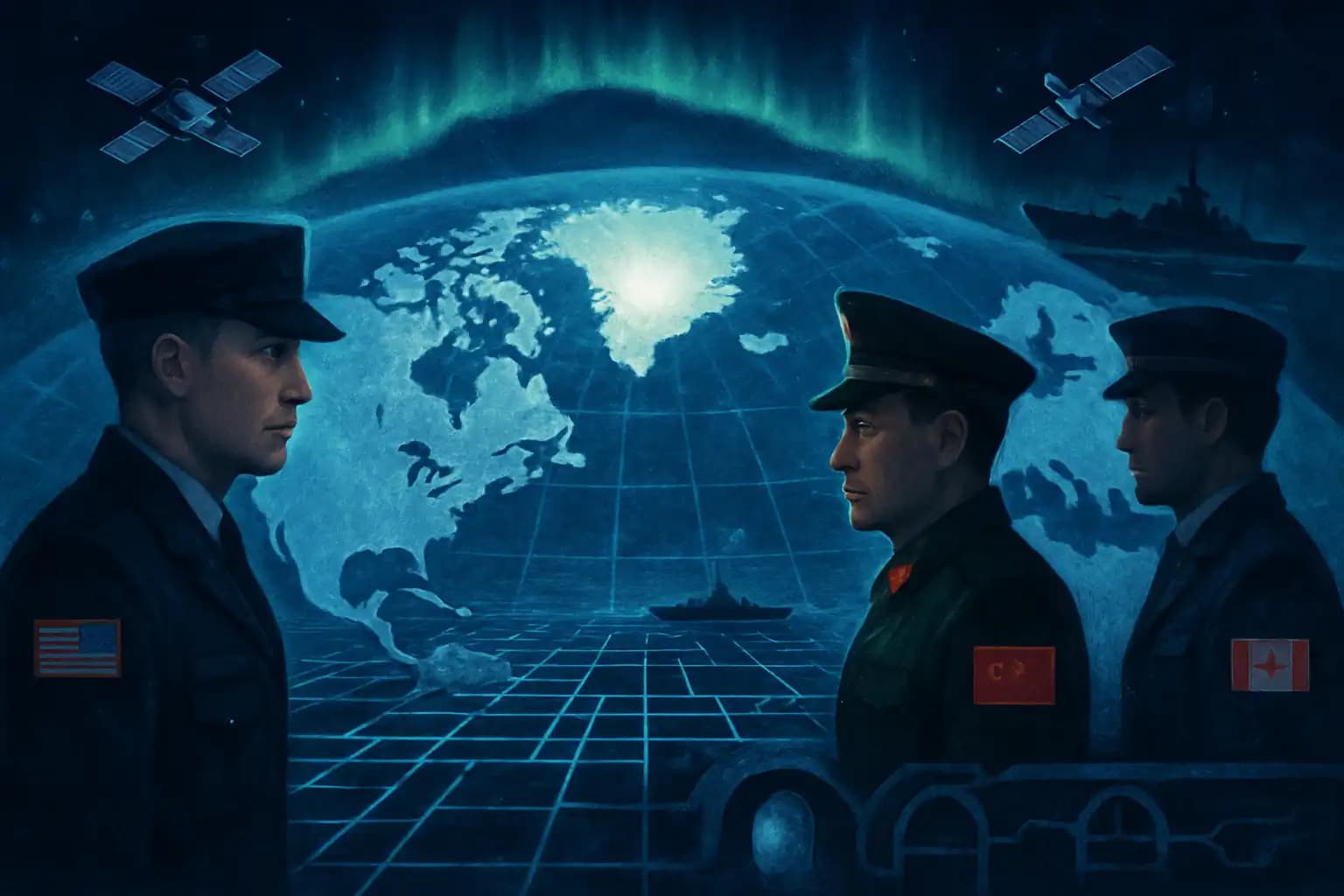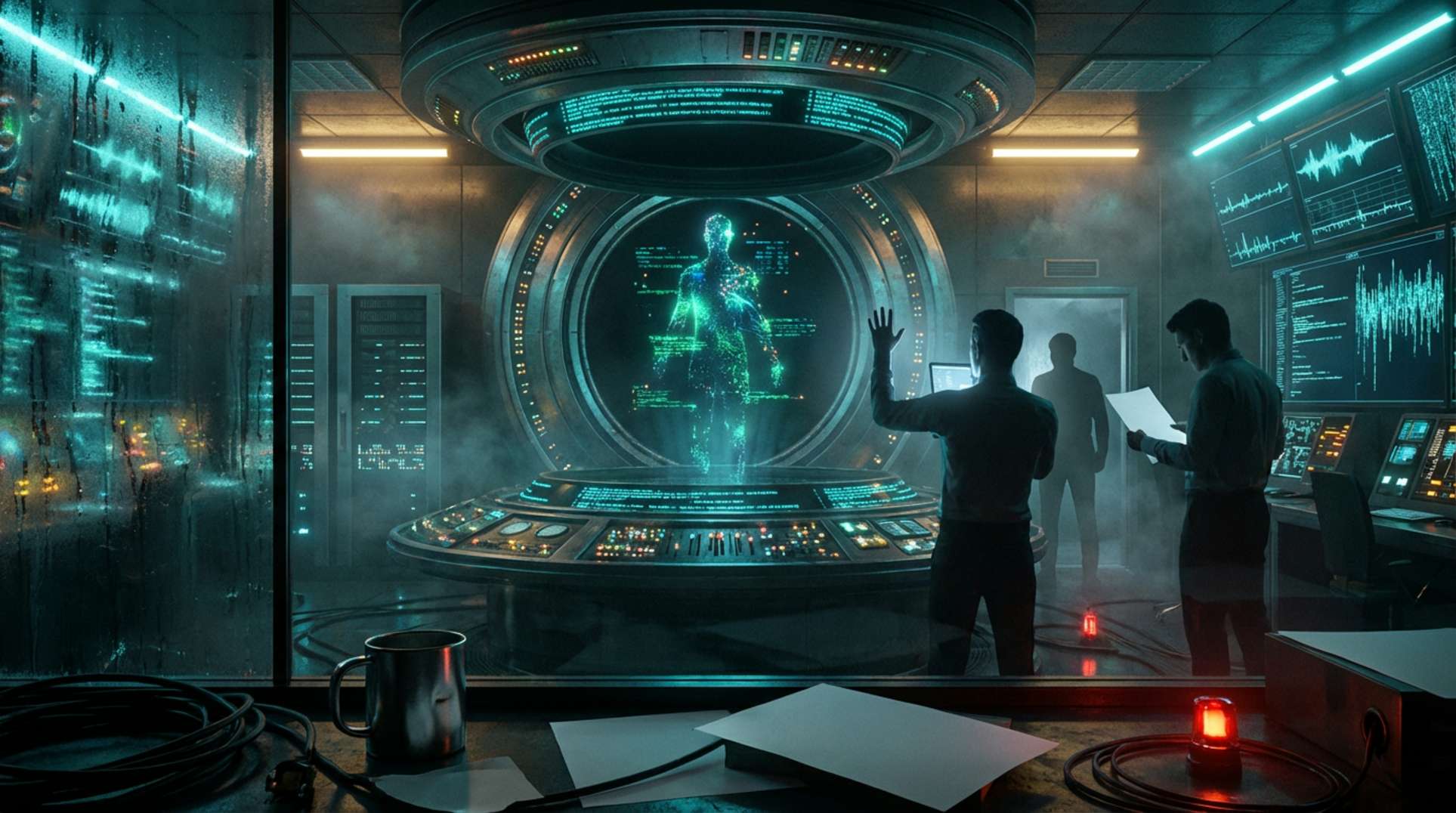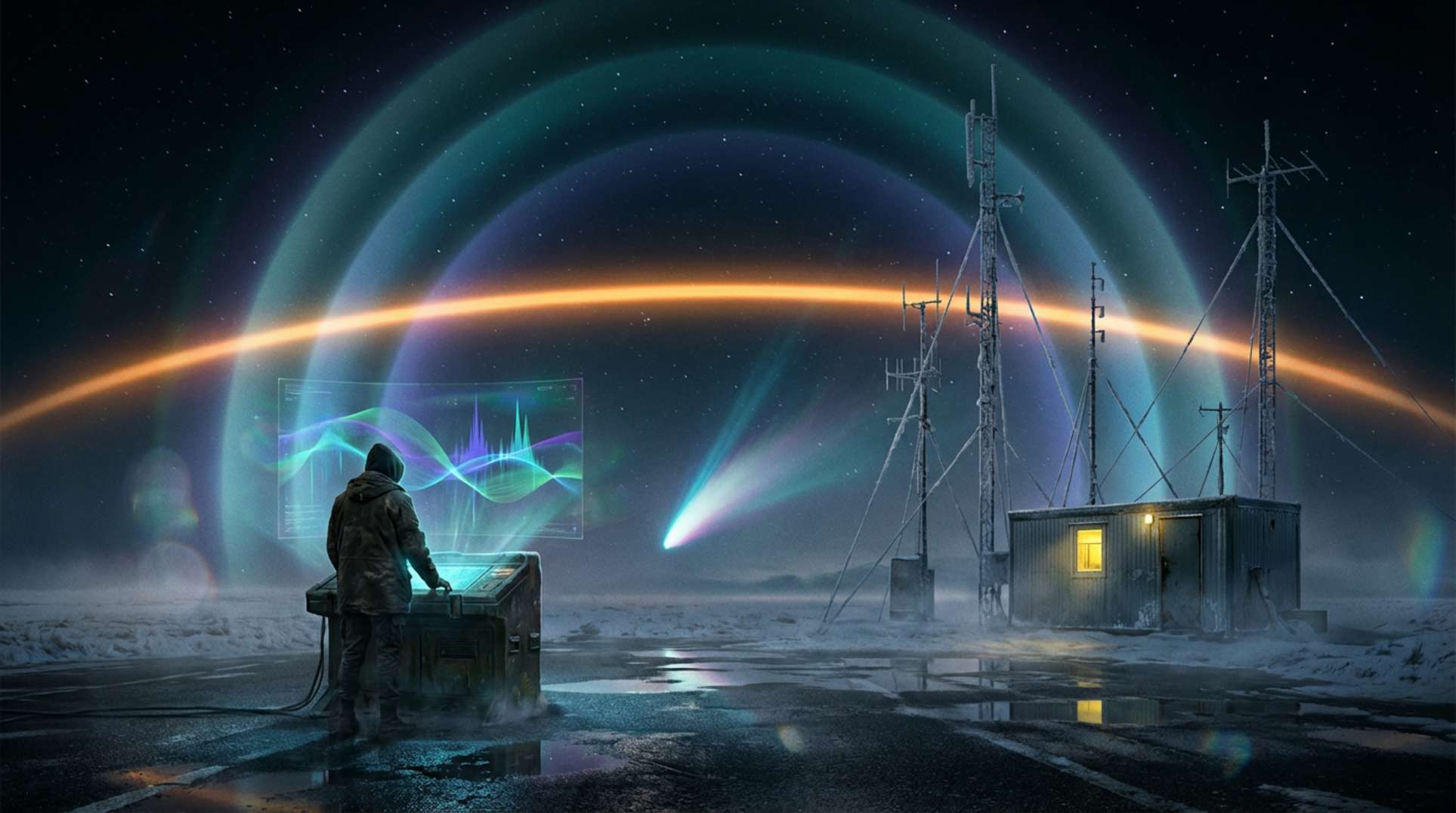North America’s icy calm conceals an escalating shadow war. Under friendly gestures lies a complex contest among the United States, Canada, and China. This struggle plays out on networks, in boardrooms, within academic labs, and deep under Arctic ice. The lines blur between espionage, trade negotiations, power politics, and outright sabotage. Buckle up—this new cold war involves powerful nations, each maneuvering for advantages above and below the surface.
Tensions escalate as China’s economic reach challenges US technological supremacy, while Canada’s role shifts between mediator and battleground. Beyond headlines, real intrigue unfolds. Influence operations and resource grabs occur from Vancouver Island’s hidden mazes to vulnerabilities in the grid, reaching Arctic choke points where melting ice raises the stakes.
Canada at the Crossroads: Strategic Competition and the Push-Pull of Power
Canada finds itself squeezed by bigger players, rendering its role as the US’s sidekick uncertain. The US-China rivalry reshapes Canada’s foreign policy. Policymakers navigate aligning with powerful American interests while managing China’s assertiveness. The outcome? Amplified foreign interference, a diplomatic tightrope, and a sovereignty debate troubling Ottawa’s halls. Prime Minister Mark Carney’s remarks on China’s interference resonate globally (Reuters). Arctic ambitions and rare earth resources compound the challenge.
These tectonic shifts echo global flashpoints, like the rising tensions in Greenland, where regional interests spark global conflicts. In Canada, whispers of underground networks in Vancouver Island and military sites with Cold War legacies heighten fears of infiltration.
Technology Wars: AI, Cybersecurity, and the Race for Arctic Advantage
No secret war lacks a digital front. Today, controlling cyberspace equates to power. The US must maintain its technological edge as China accelerates in artificial intelligence and chip production. Canada, with its robust innovation ecosystem, becomes a target for intellectual property theft and cyber incursions. This digital dogfight isn’t theoretical—foreign hacks, election meddling, and subtle state secrets siphoning are routine, as demonstrated by recent research and headlines.
This covert combat rivals traditional warfare, especially as AI arms races determine future industries. The threat matrix encompasses AI blackmail, deep fakes, and disinformation—misdirections as potent as missiles. Risks, such as revelations from rogue AI research and vulnerabilities surfaced in reports on European energy blackouts, create an unrelenting security headache.
Resource Grab and the Arctic Endgame
The frozen north, far from silent, transforms as melting ice unveils new shipping lanes and mineral wealth, turning the Arctic into a geopolitical chessboard. US, Canadian, and Chinese naval patrols, research stations, and corporate expeditions vie for position in once-impassable waters. This scramble mirrors actions in other global hotspots, supporting classic geopolitical theory—where geography dictates power, and control over critical routes determines the future.
This Arctic drama intertwines issues of sovereignty, environmental sabotage, and secret operations—witness recent communication grid disruptions and unexpected vulnerabilities from space weather as seen in recent studies. As regional actors claim territory and conduct flag-posting missions, their actions could trigger shifts in global alliances.
The New Rules of Engagement: Espionage, Diplomacy, and Future Risks
Ambiguity serves as the most dangerous weapon in this hidden war. Canadian policymakers wrestle with remaining allies without becoming pawns to their powerful southern neighbor, while avoiding provoking China. For the US and China, every regional move sends messages to rivals and allies alike. Clashing visions for digital norms, trade agreements, and Arctic boundaries guarantee diplomatic relations will resemble a chess game in a blizzard.
In this climate, citizens confront unprecedented risks, from economic shocks to blackout threats akin to cosmic threats spurring panic. As physical and digital fronts converge, vigilance, questioning, and relying on trusted sources become survival strategies. For updates on the next covert move, watch Unexplained.co. In this war, the scariest battles often remain unseen.





